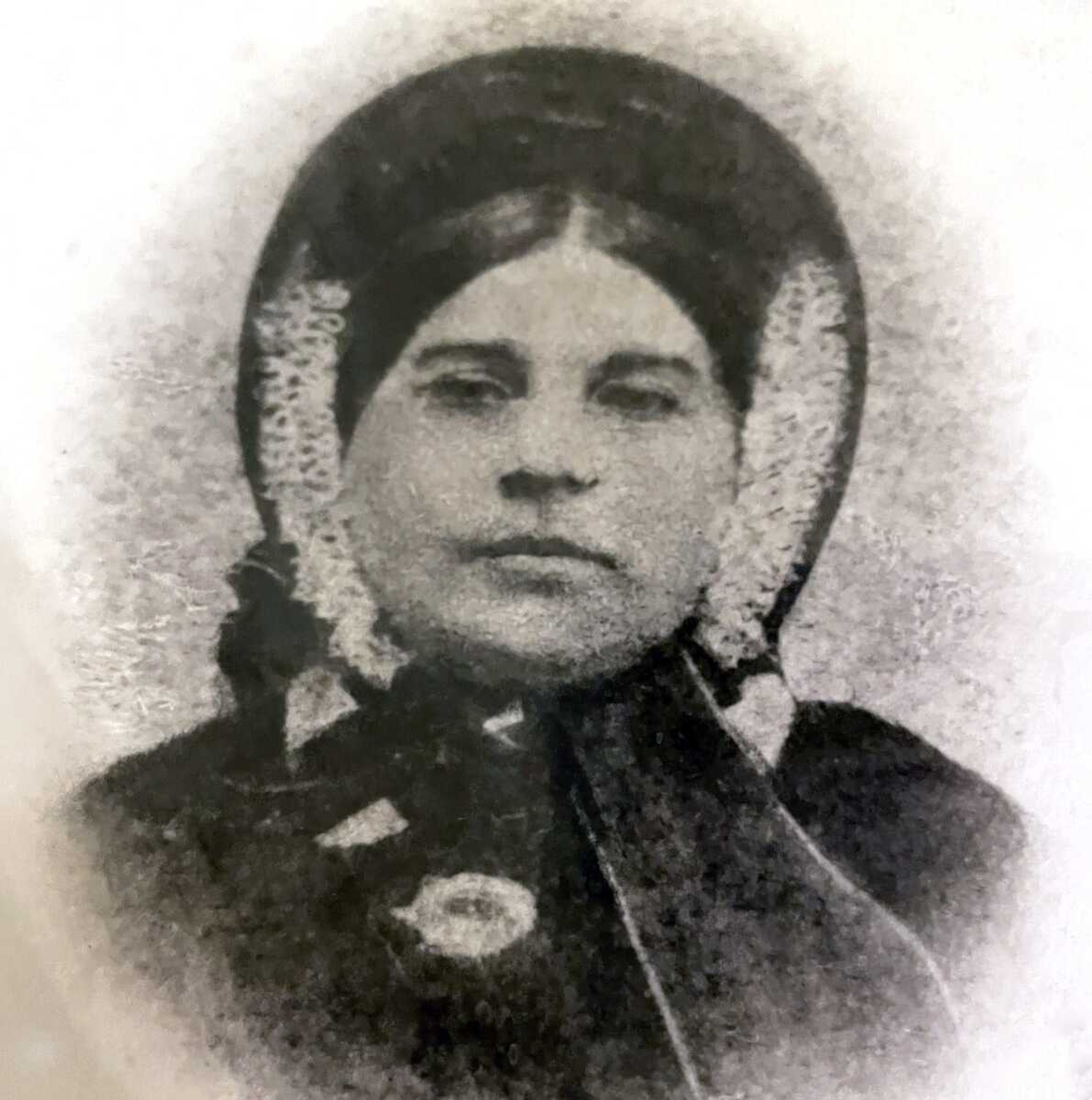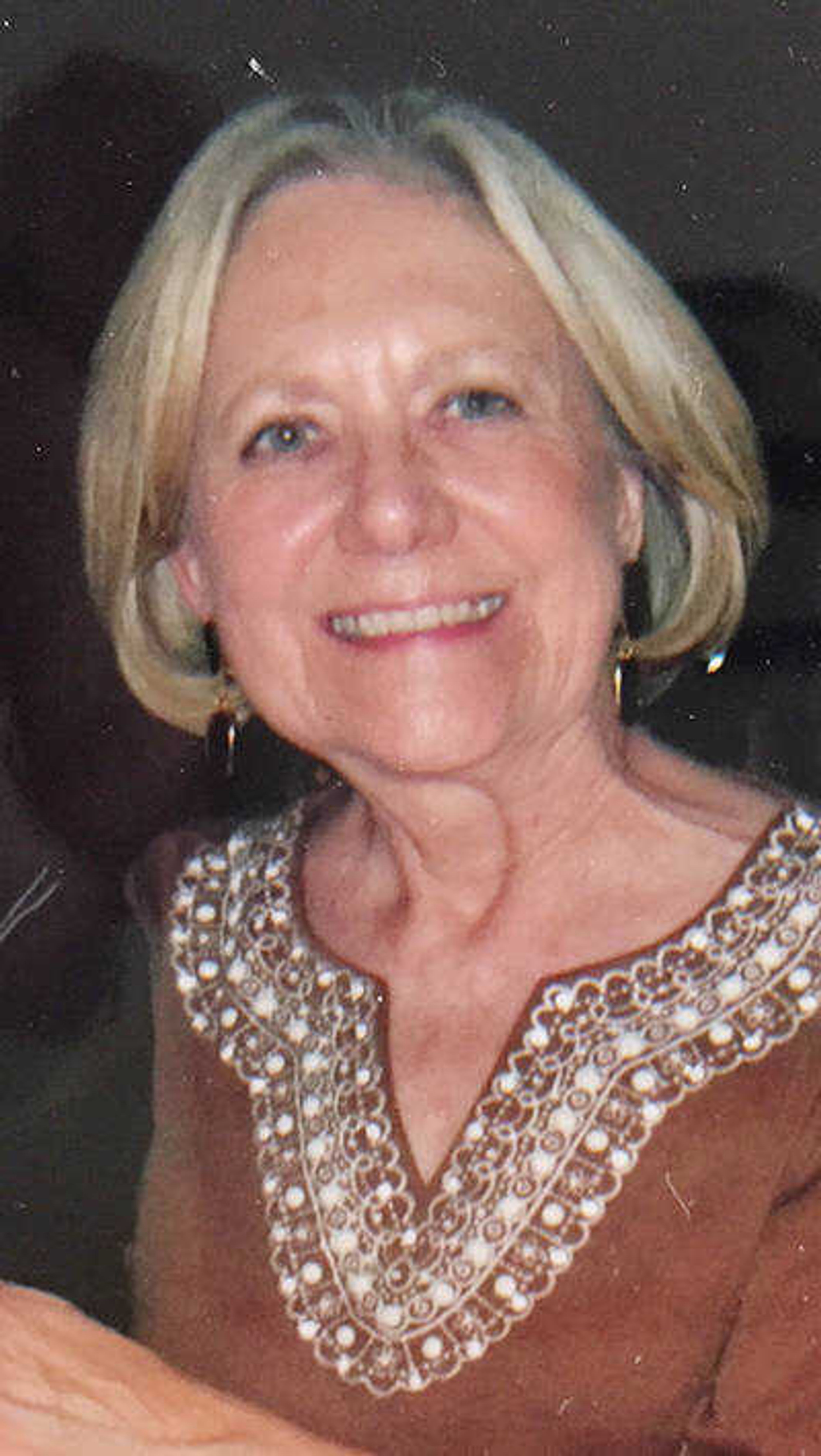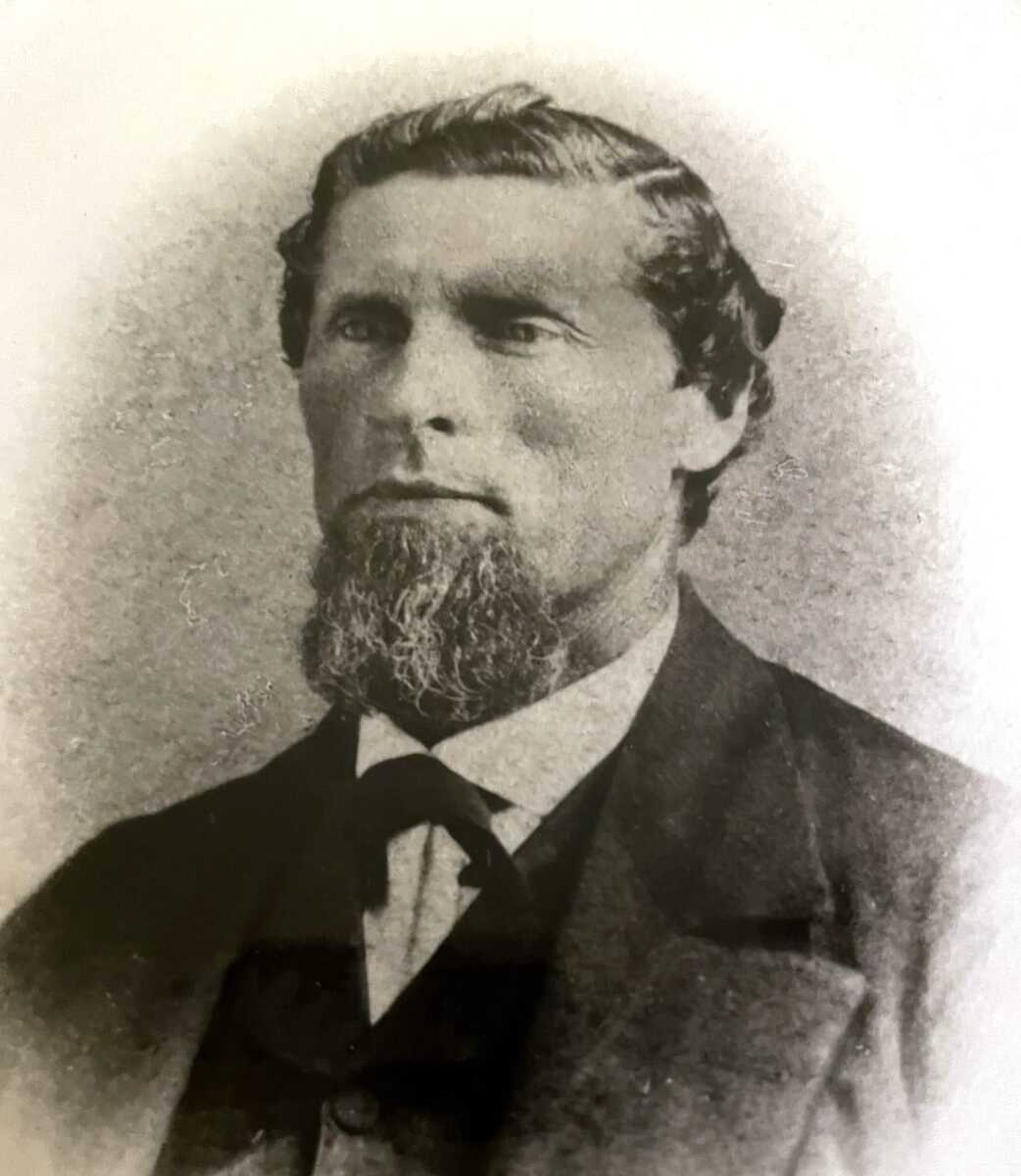Deane: Cape's premier architect of the 19th century
Edwin Branch Deane was born in Virginia to Philip and Mary Holman Deane. As a child, Edwin moved with his family to Nicholsville, Kentucky. In 1830 as a 17-year-old, he crossed the Mississippi to Cape Girardeau and clerked at the general store of Amazi D. ...
Edwin Branch Deane was born in Virginia to Philip and Mary Holman Deane. As a child, Edwin moved with his family to Nicholsville, Kentucky.
In 1830 as a 17-year-old, he crossed the Mississippi to Cape Girardeau and clerked at the general store of Amazi D. Leech on the corner of Main and Themis streets. Leech, also from Kentucky, had a very successful, large establishment, receiving large shipments of cotton and other merchandise from the river. The 1800s were booming times for the merchants along Main and Water streets.
Deane sensed the success here and soon decided to become a builder of grand homes for the prosperous, hardworking gentry of the community. He left for Louisville, Kentucky, for training as an architect and master of woodworking and construction.
Seven years later, Deane landed on the Cape Girardeau levy, tools in hand, to become the premier architect of homes in the city.
Deane's first extraordinary home was the grand Ellis-Wathen-Ranney home. Rosedale, 501 N. Main S., was finished in 1839 and razed in 1958.

On Nov. 12, 1840, Deane married 17-year-old Susan Emeline Block, whose family moved to Cape Girardeau County from Ste. Genevieve. They were the parents of six living children, Adelia 1841; Susan 1845; Edwin 1847; Sarah 1849; Holman 1853, and Lula Emeline 1860.
The youngest Deane daughter, Lula, was betrothed to a young Kentuckian, David Glenn. Glenn arrived with $25 in his pocket and clerked for his uncle, A.D. Leech, until April,1879. That year he embarked in the mercantile business, becoming very successful.
A couple of years before the Glenn wedding in 1881, Deane started the last home he built, the Glenn House, as a gift for his daughter and son-in-law. It was finished in 1883 as a vernacular farmhouse style. Over the years, various additions took place, including 1901, when the architectural design changed to Queen Anne with Free Classic influences.
According to the Glenn House records, the Glenn family included four children. Of their two sons, only Garrett (1888) survived. He became part of Glenn Mercantile and was later owner of The Men's Shop, which he sold to W.A. Shivelbine in 1914. Two daughters, Ruth (1895) and Sarah (1898) survived.
During the time Deane was designing the Glenn House gardens, he purchased a wagon load of ironwork from a fire sale at Walther's Furniture Store. It is believed the iron birdbath and planters originated from that purchase.
Sadness struck the Deane family when Edwin lost his wife in 1864. His death occurred on Jan. 12, 1901, from a stroke or heart attack while working on renovations at the Glenn House. The funeral announcement, available at the Glenn House, invited all to attend services on the 13th at the home. Burial was beside his wife at Old Lorimier Cemetery.
Other houses attributed to Deane's expertise are the Reynolds House, 623 N. Main St.; the Horrell-Klostermann home, 318 S. Spanish St., razed; Sherwood-Minton home, 444 Washington St.; Caruthers-Burrough Home, 2525 Bloomfield Road; the Whitelaw mansion, 400 Broadway, razed; and the Clark-Kellerman Home, 6 S. Fountain St.
Beverly Hahs is a native of Cape Girardeau County, a freelance writer and graduate of Southeast Missouri State University with a degree in English and library science.
Connect with the Southeast Missourian Newsroom:
For corrections to this story or other insights for the editor, click here. To submit a letter to the editor, click here. To learn about the Southeast Missourian’s AI Policy, click here.











